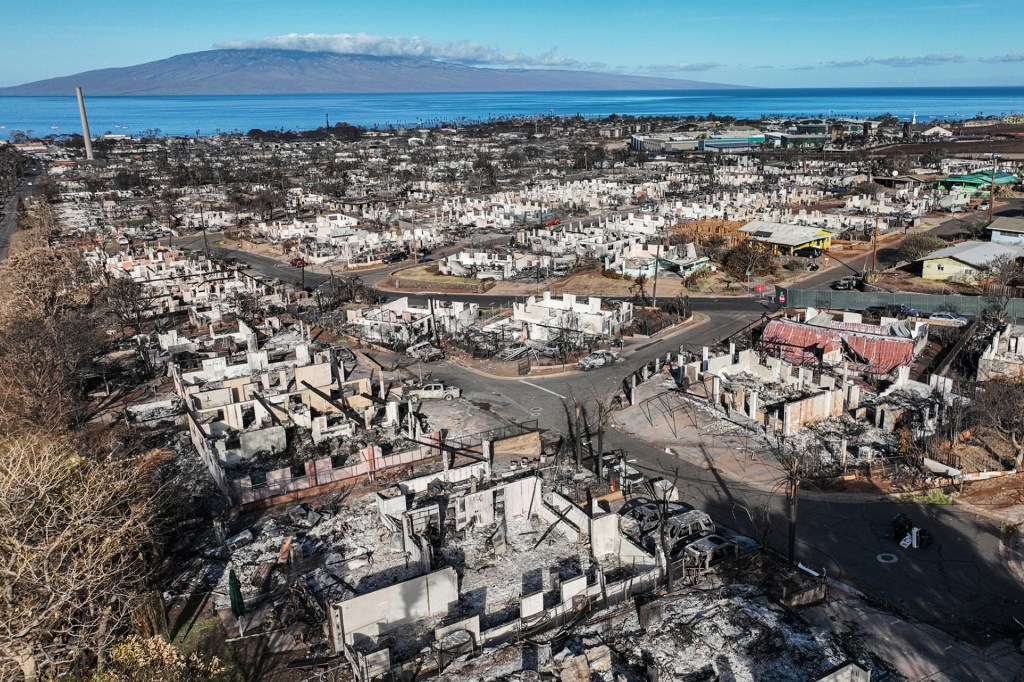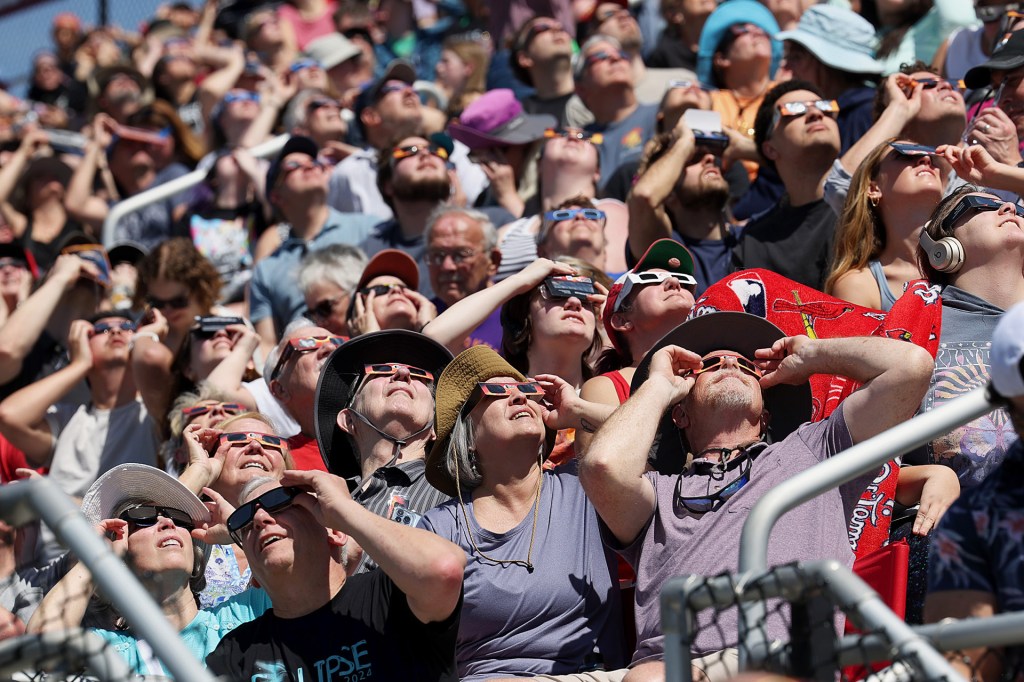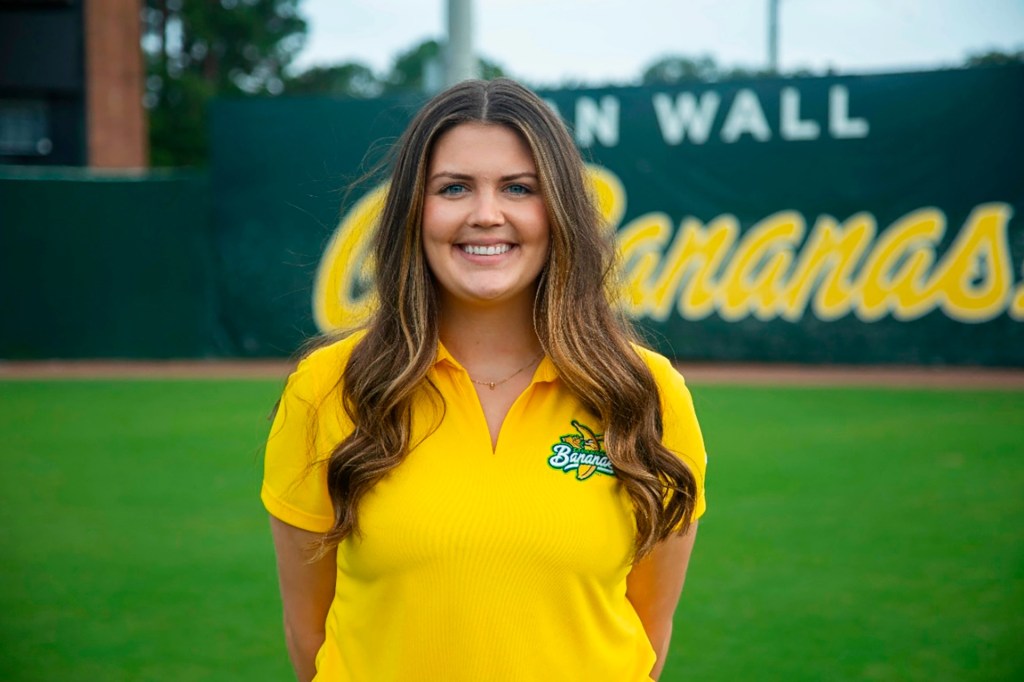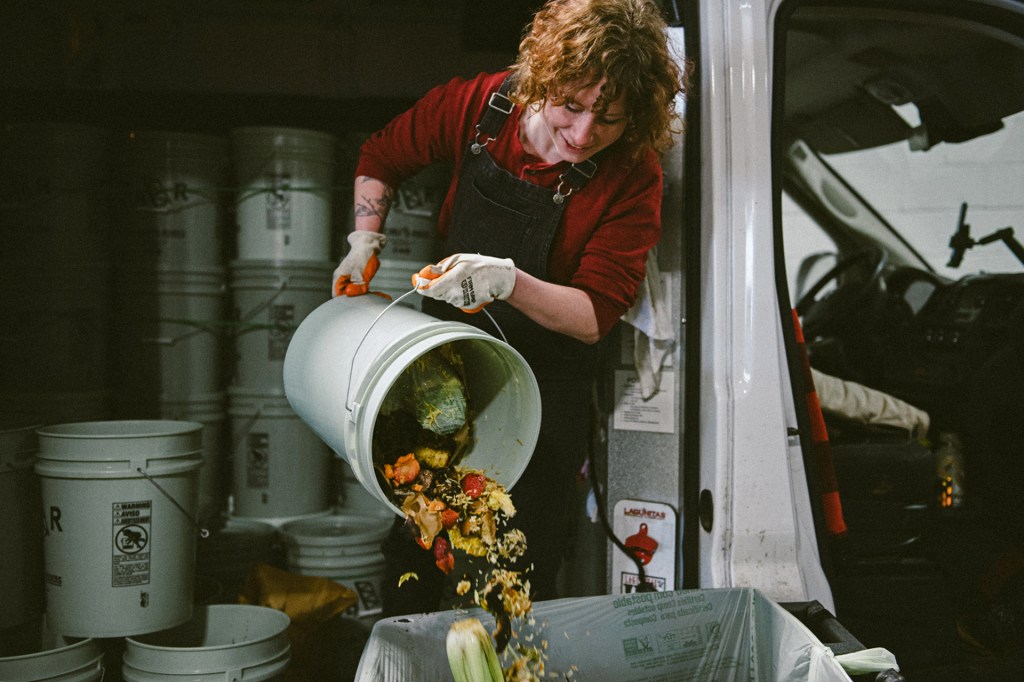Wildfires on Maui

On August 8, wildfires swept through the town of Lahaina, on the island of Maui. They were the deadliest fires the United States has seen in a century. At press time, 115 people have died. That number is expected to rise.
President Joe Biden visited Maui on August 21. “I know how profoundly loss can impact a family and a community,” he said in a statement. “I will do everything in my power to help Maui recover and rebuild.”
A nearby hurricane fueled the catastrophe. Strong winds drove flames rapidly across Lahaina, destroying homes and businesses. Emergency sirens failed to sound, which added to the confusion.
Residents are asking why they were not warned, and why the state was unprepared. “We never thought that this would happen in Hawaii,” Maximus Yarawamai says. He lives on a nearby island, and traveled to Maui to help. “We’ve had fires, but not this magnitude.”
On August 10, Biden ordered federal aid to Hawaii to support recovery efforts. So far, the Federal Emergency Management Agency has provided thousands of meals, along with water, blankets, and other supplies. Some residents say the U.S. government has been too slow to respond.
Severe Weather
Maui’s fires came during a summer of extreme weather around the world. India suffered a dangerous heat wave and flooding. Canada has seen its worst wildfire season on record. Thousands were evacuated from fires on the Spanish island of Tenerife. And Southern California experienced its first tropical storm.
No single cause for Maui’s fire has been determined. It may have been ignited by fallen power lines. Drought conditions—scorching heat and dry grass—mixed with high winds created a dangerous situation. Jeff Masters is a meteorologist for Yale Climate Connections. “If you give a spark in those kinds of conditions, drought plus heat plus wind,” he says, “it can lead to very rapid fire spread and very intense fires.”
Stop and Think!
Why do you think TFK has chosen to cover this story? What factors do editors consider when deciding what stories to feature?












